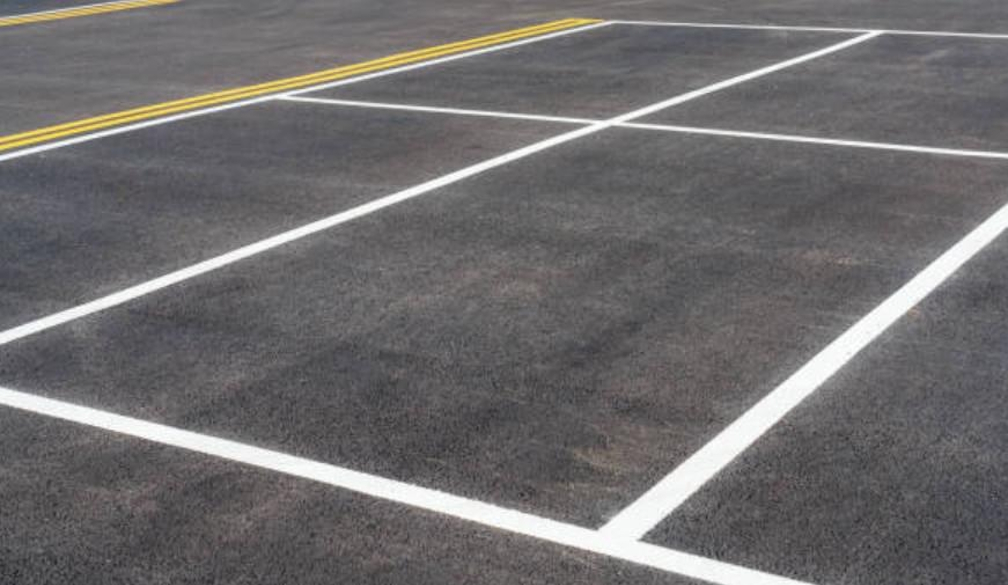Line Marking Solutions for Brisbane Growing Infrastructure Needs

As Brisbane develops, so does its need for good line marking to match its infrastructural development. The requirement of good line marking factors in ensuring transportation networks safety and orderliness. Clear markings guide automobiles, pedestrians, and bicycles on roadways and public spaces enabling efficient mobility. In Brisbane, rapid development has introduced new problems that require a new kind of solution - innovative solutions in line marking. This approach deals with environmental concerns because it uses modern techniques and sustainable practices. It is possible to fulfill the infrastructure needs of Brisbane by using durable and eco-friendly methods. This article analyses the role of line marking in traffic management, sustainability and improving public places in the city.
Role of Line Marking in Traffic Management for Brisbane Communities
Line marking is important to improve the flow of traffic and safety in Brisbane roads. Clear and visible markings guide traffic and pedestrians, reducing confusion and accidents. They indicate lanes, pedestrian crossings, and bike pathways so that all road users have a designated space. Proper line marking reduces congestion and makes mobility smoother in high-traffic areas such as Brisbane's CBD. Speed limits and crossing marks are well placed around school zones and residential areas. Such line marking services Brisbane increase safety among children and pedestrians. Car park spaces are also guided through line marking, hence regulating equitable and coordinated public use of such facilities. With the population growing, Brisbane requires marking that frequently undergoes regular maintenance, updating and reflects newly altered traffic requirements. Thus, good marking designs work towards promoting safer and efficient mobility in urban cities.
The Environmental Impact of Line Marking in Brisbane
Line marking has environmental implications, from the choice of materials to application methods. Most conventional paints contain VOCs, which release hazardous fumes. Brisbane's drive for sustainability has made environmentally friendly alternatives more acceptable. Water-based paints and thermoplastics have fewer VOCs and are not only durable but also more friendly to the environment and safe for workers who apply them. Recycling aged line marks in road repairs is yet another sustainable methodology. Contemporaneous application technologies decrease the waste and the precision thereof, hence reduce environmental impacts. Brisbane's subtropical conditions make marks hard to maintain, mainly because of high temperatures and moistness. Since such products are long-lasting and insensitive to natural conditions, a lower demand for reapplication saves resources.
Short-term functions or construction sites prefer to make use of removable line marks as they minimize long term impact. Public awareness campaigns inspire people to support sustainable infrastructure projects, such as green line marking. Using greener techniques ensures that the development of Brisbane is in accordance with environmental conservation. Sustainable line marking services Brisbane solutions balance practicality and accountability, thus beneficial to the future of the city.
How Line Marking Enhances Brisbane's Public Spaces
Line marking beside highways adds to the structure and accessibility of the city of Brisbane. Clear indicators in parks, sports, and parking yards are a must for its effective usage. The same line marking at recreations is outlined in strolling trails, play areas, and courts as being safe and pleasant to be used. The accessible car spaces and road network ensure access of disabled peoples for the whole city. Clearly marked markers at public transport centres such as bus stops and rail stations make the movement of people around easily possible. Line marking in the management of pedestrian movements is a crucial activity in most metropolitan events.
The markings in the festivals and concerts direct spectators on how to navigate the venues safely and effectively. The waterfront areas and bike-friendly streets of Brisbane use line markings in support of bicycles and pedestrians. Decorative markings, for example beautiful crosswalks or themed paths, enhance the appearance of the city. Maintenance ensures that such markers are kept operational and aesthetically pleasing over time. In the public spaces of Brisbane, line marking enhances order, safety and accessibility and makes them vivid and functional.

